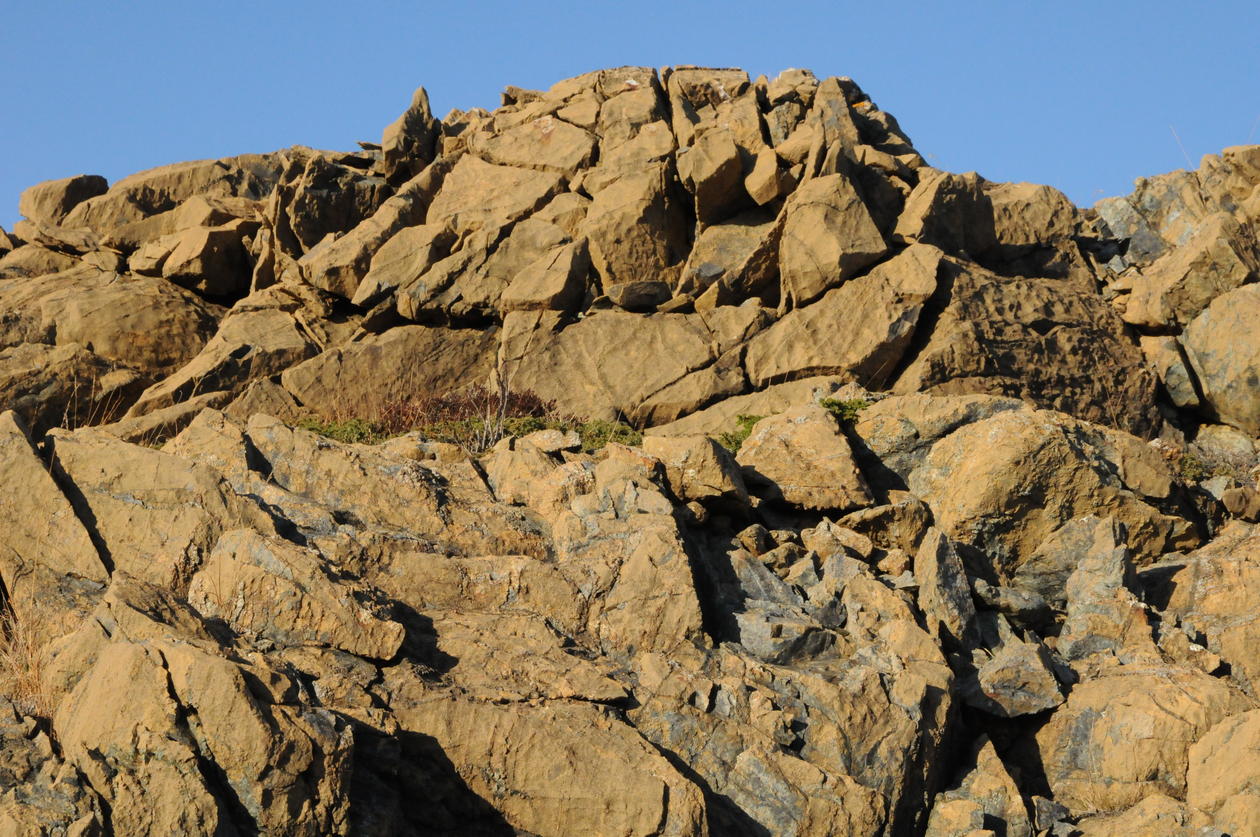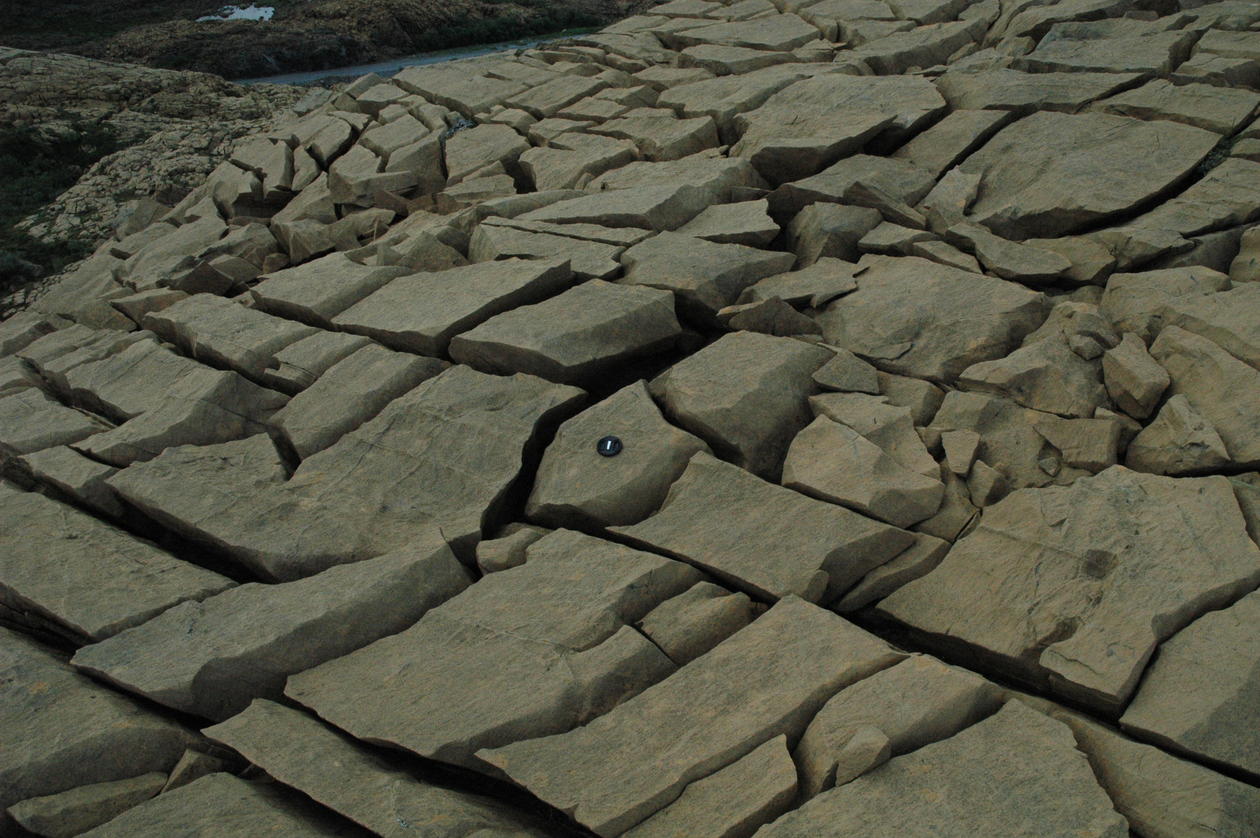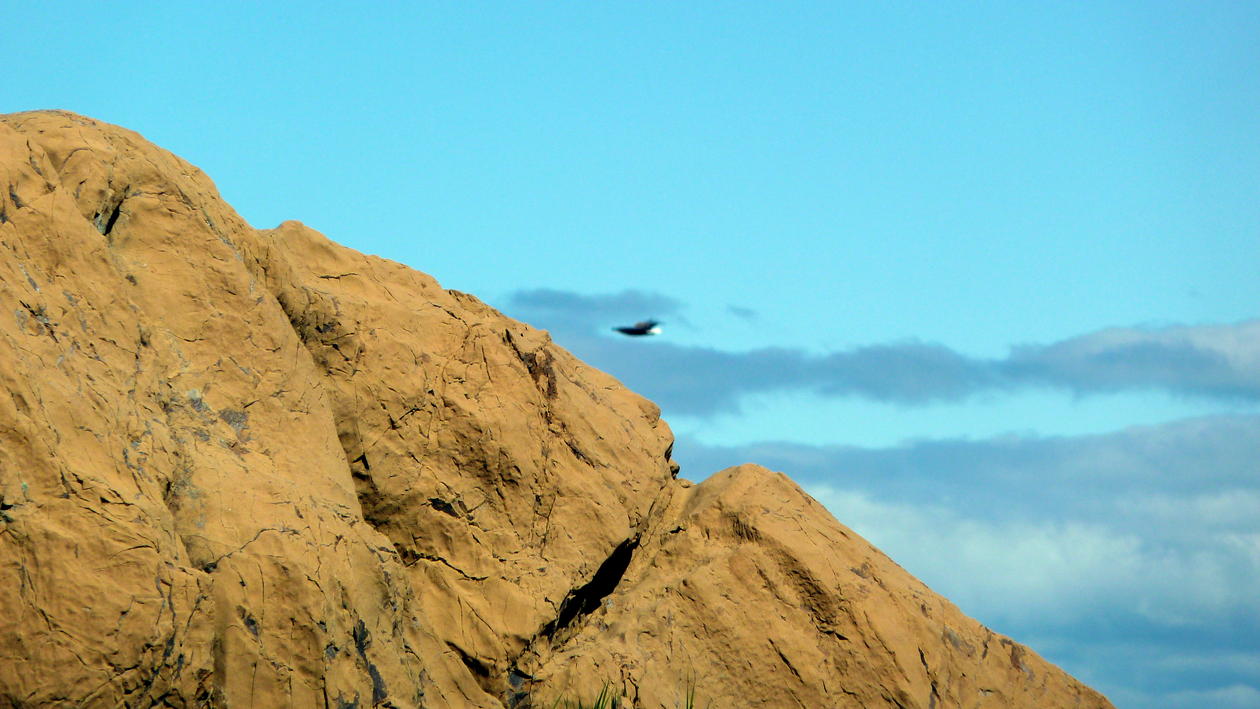Theme Goals and Methods
The questions and objectives the theme pursues and the main methods they use in their research
Main content
We carry out detailed textural, mineralogical and chemical studies of hydrothermal deposits and fluids, and altered crustal rocks of different age - in combination with in situ seafloor, subseafloor and laboratory alteration experiments, and geochemical modelling. An overall goal of this subprogram is to significantly increase our knowledge of the influence of microorganisms on the geochemistry of aqueous and solid phases in general.
The specific objectives are to:
- Determine mechanisms (microbial production of specific reactive compounds to utilize the rock as an energy and nutrients source, or secondary effects due to production of metabolic waste products) and rates of microbial catalysed dissolution of minerals and rocks
- Quantify microbial-induced mineralization and the significance of deep biosphere microbes in element immobilization (microbial cells as nucleation and growth sites for secondary minerals)
- Define textural and chemical (e.g. lipids, carbon isotopes) biosignatures in rocks suitable for detection of present and ancient microbial life (paralleled with the research of the group 'Early Earth and Biosignatures')
- Estimate the importance of the subseafloor biosphere for carbon storage and cycling
This water-rock-microbe research is closely connected with the deep biosphere research, and the combined results are used to estimate the microbial influence on rate and magnitude of the geochemical exchange between oceanic basement and seawater during alteration at different temperature and redox conditions. Our research also focusses on the importance of microbial processes during diagenesis and lithification of deep-sea sediments.
Microorganisms comprise much of Earth's biodiversity and play critical roles in biogeochemical cycling and ecosystem functioning. Subsurface life offers new and barely explored opportunities to examine the ecological and evolutionary processes that drive microbial diversity, community organisation and microbial interactions. The recognition of large deep biosphere populations raises new, intriguing questions concerning their origin, diversity, resource utilization, activity, adaptation and relationship with the "upper world" biosphere:
Questions to address:
- Are deep biosphere microbes unique and truly isolated from the upper world by slow physical transport mechanisms?
- Is there a correlation between microbial community structures and the physical/chemical environment?
- Are there energy sources that are insignificant in the "upper world", which are exploited to sustain life in a minimal-energy deep biosphere?
- What are the genomic features and adaptations that permit survival and proliferation in this environment?
- Is the deep biosphere a source or a sink of genetic diversity?
- What is the effect of population size, community isolation and metabolic activity on genome evolution?
To address these questions, knowledge of the microbial diversity and function of the deep biosphere is essential. In addition to monitoring the diversity in the deep biosphere by 16S rRNA-based technologies, we employ large-scale metagenomic analyses to reveal the functional potential of indigenous microorganisms, independent of their cultivation.
We use a holistic approach using whole-system biology extending to population dynamics, physiology and phylogenetics. These data are coupled to environmental data (rock and fluid chemistry, temperature) so that we can achieve fuller understanding of the in situ conditions.



